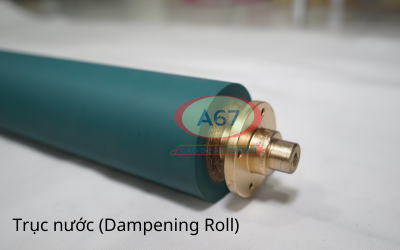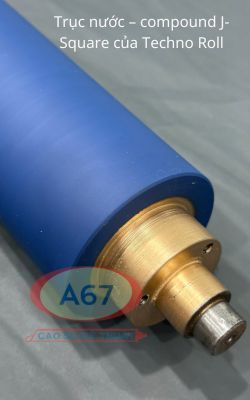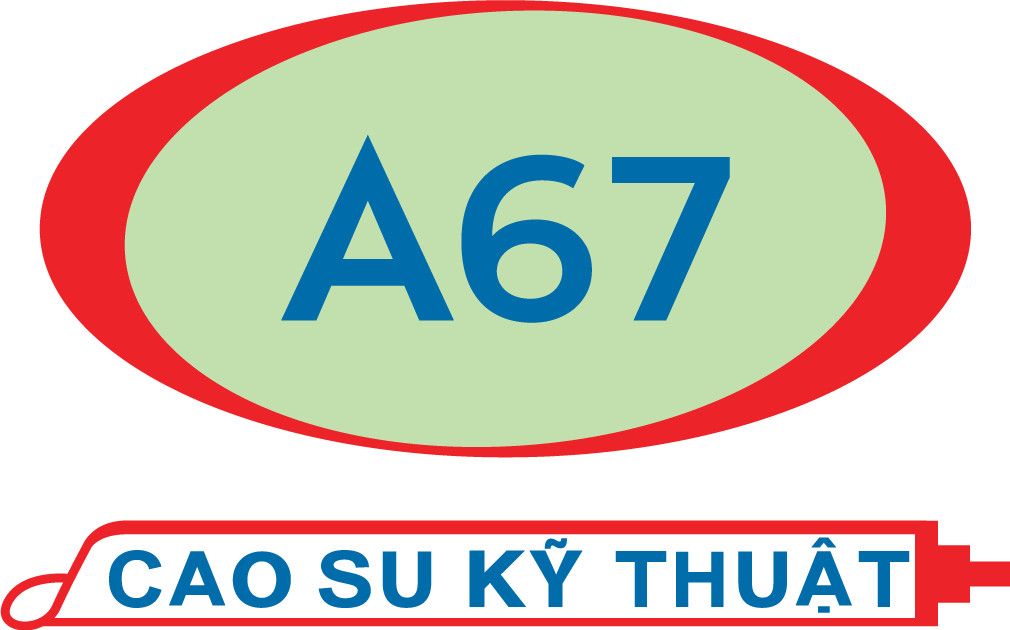No products in the cart.
The hardness of the dampening roll in offset printing typically falls within a specific range to ensure optimal performance in transferring the dampening solution to the printing plate. The hardness is measured on the Shore A scale.
For offset printing, dampening rollers usually have a hardness ranging from 20 to 50 Shore A. The selection of the specific hardness level depends on several factors, including the type of printing press, the type of dampening solution, the type of substrates, the type of ink and the printing conditions.

Lower Hardness (20-30 Shore A): Softer dampening rollers are often used for printing on highly absorbent substrates, such as newsprint or uncoated paper. They help ensure that the dampening solution is applied evenly and absorbed effectively by the paper.
Medium Hardness (30-40 Shore A): Medium hardness rollers are suitable for a wide range of substrates and dampening solutions. They offer good balance and are commonly used for standard offset printing applications.

Higher Hardness (40-50 Shore A): Harder dampening rollers are used when printing on coated or glossy papers or when using certain specialty dampening solutions.
It’s important to note that the specific hardness of the dampening roller may vary based on the equipment used, the type of printing press, and the preferences of the printer. Consult the equipment manufacturer’s recommendations and conduct tests to determine the optimal hardness for your specific offset printing needs. Regular maintenance and replacement of dampening rollers when they show signs of wear are also essential to maintain consistent print quality.

